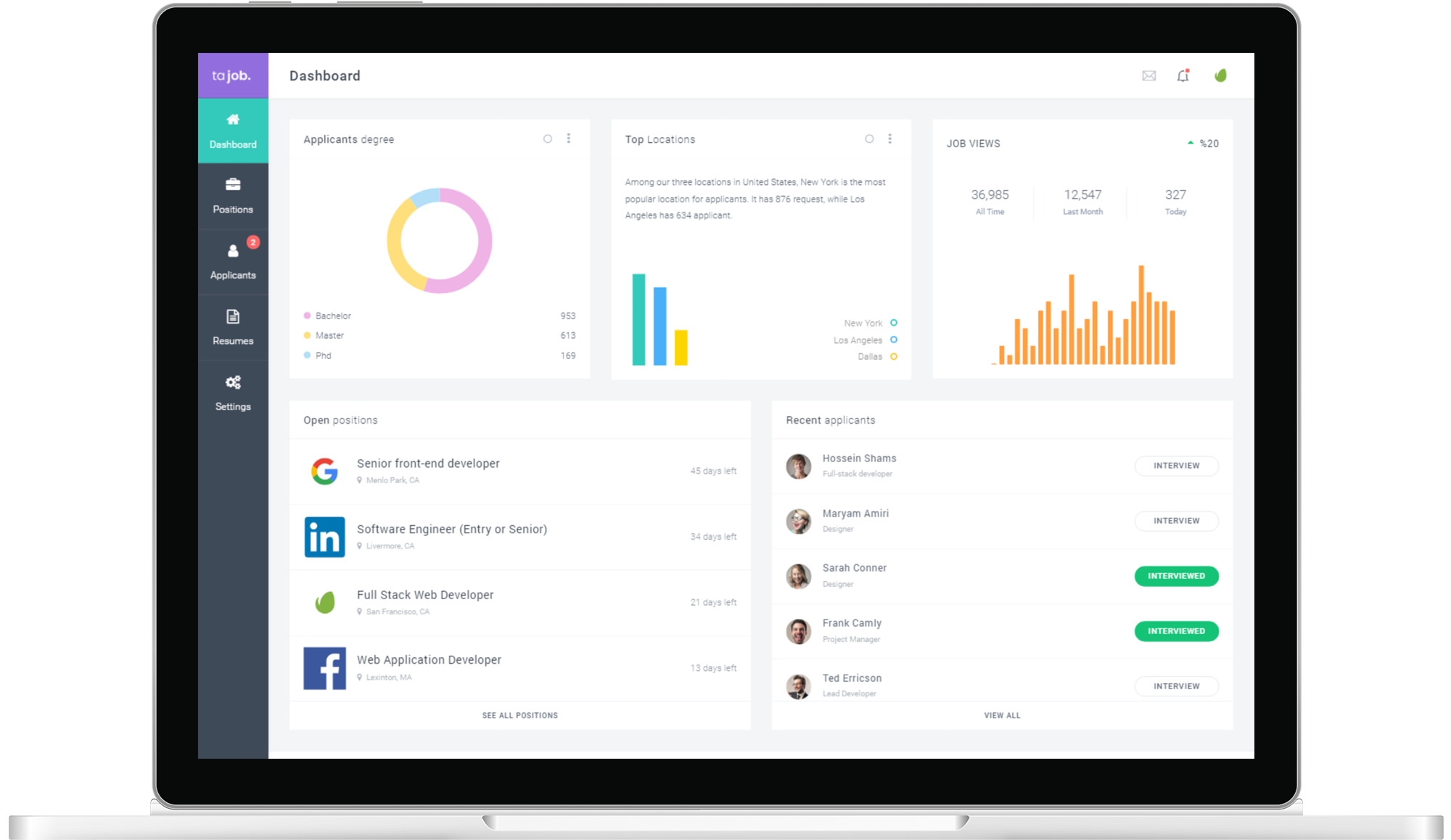There has been a boom in recent years in renewable energy generation projects, largely driven by government subsidies and payment structures that have created de-risked (essentially under-written) and investor grade returns. When evaluating the economics of renewable energy projects, it is important to consider the stage of the project which drives the riskiness (and the corresponding return). The generic stages of a project fall into three broad stages:
Greenfield – This is an area of agricultural land or some other undeveloped site earmarked for an energy project. The site will not have any planning, potentially not be secured under a lease option (Exclusivity) and not a paid-up grid connection. This means that the project needs to be financed with development expenditure (DevEx) which is at complete risk but provide the highest return.
Construction/Shovel Ready – Once the land is secured under lease, has an acceptable planning consent, paid up grid connection(s) and potentially an off-taker – someone to purchase the energy, the project is “Shovel ready” so the risks are relatively lower. At this stage, venture capital may fund the larger investment to build out the energy asset.
Operational – Once the energy asset is built and operating. The lowest risk of the project and it is generating revenue and providing investor returns.
The stage of a project and potential returns can be summarised by the below chart:The key measures when evaluating an energy project are:

Capital costs (CapEx) of a project – these are the upfront costs to construct the plant and major maintenance work that needs to be carried out during the lifetime of the plant beyond typical operating expenses.
Operating costs cover operations, maintenance and fuel costs (if applicable). Renewable energy plants tend to be very low on operating costs in comparison with fossil fuel generators as they harness natural resources such as irradiation or wind.
Capacity factor – This is the ratio of average output power to peak power that the energy project/power station can deliver. Due to fluctuations in the availability of the primary energy source and outages due to the maintenance of the equipment, the capacity factor is never 100%. For renewable energy sources, it is mostly below 50%! All electrical components have to be sized such that they can deliver peak power, which is more cost-efficient when the plant runs at high capacity.
Cost of capital – The weighted average cost of capital is a measure of how much money the project has to pay investors in order to provide them with their expected return on the assets. This return also reflects the risks associated with the project and technology reflecting it’s the predictability and maturity.
Levelised Cost of Energy (LCOE) – This is the price (per kWh) for generating electricity that makes the net present value of the installation zero. In other words: If the sales price is lower than the LCOE, the plant does not provide the required return. It is a measure of the cost of ownership of the plant. As technology improves and becomes more mainstream, the LCOE should reduce.
